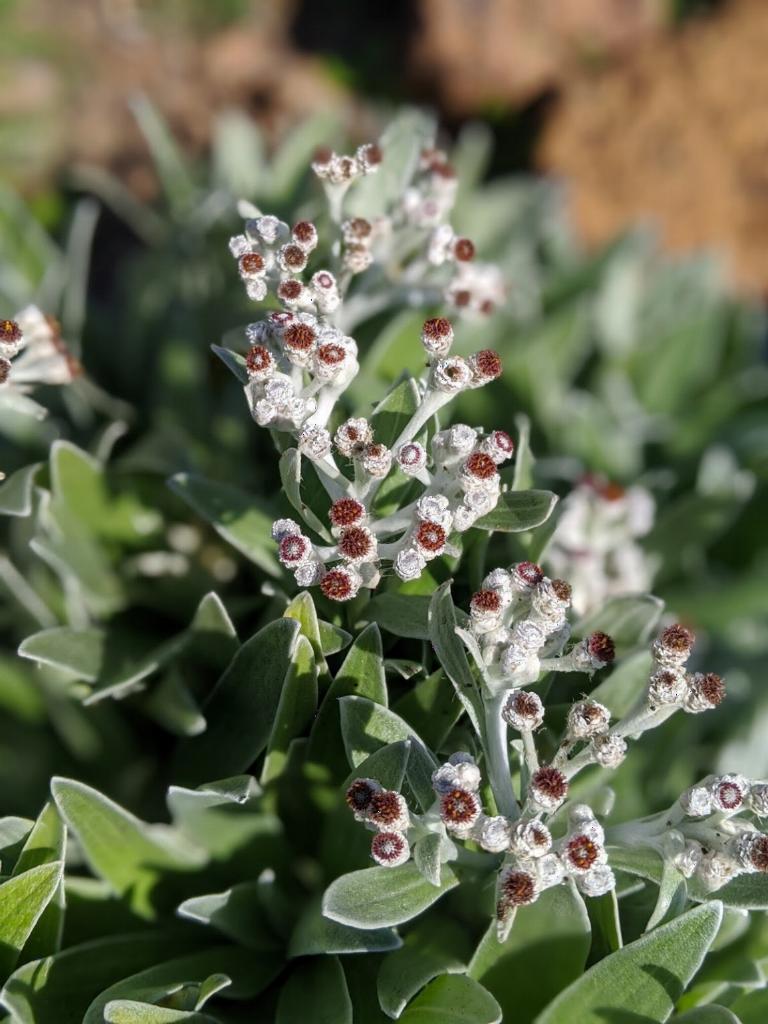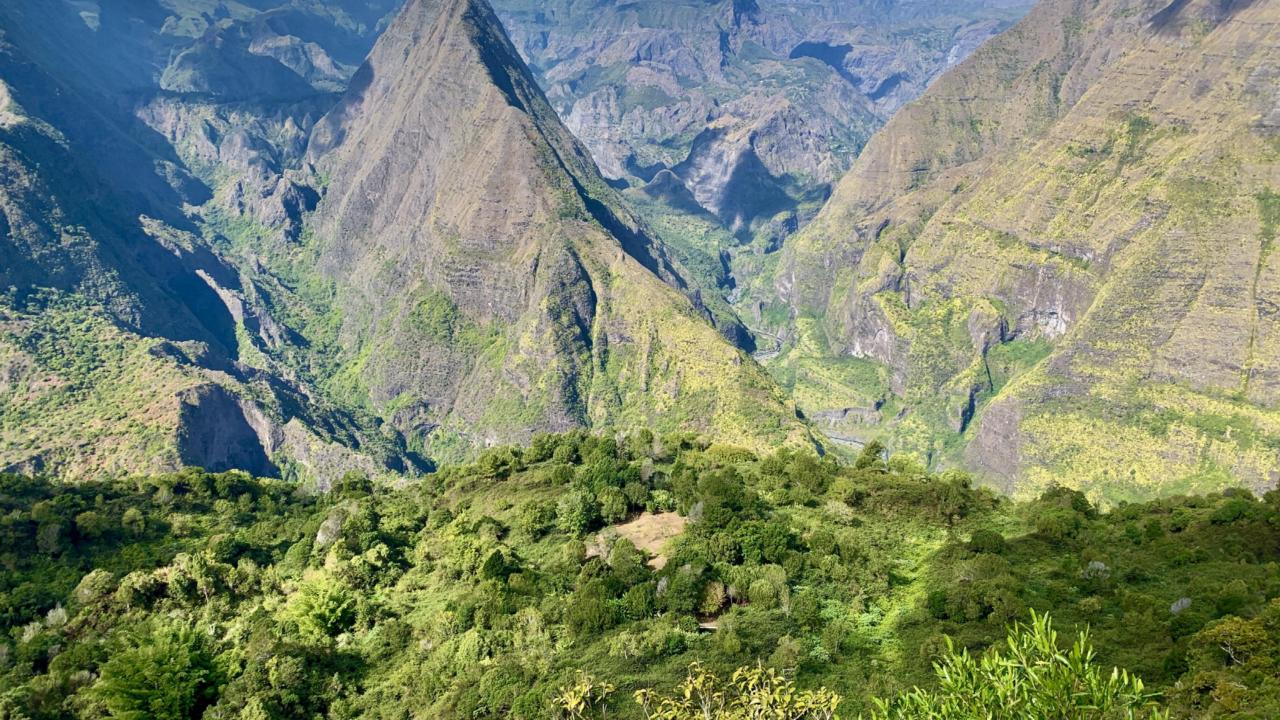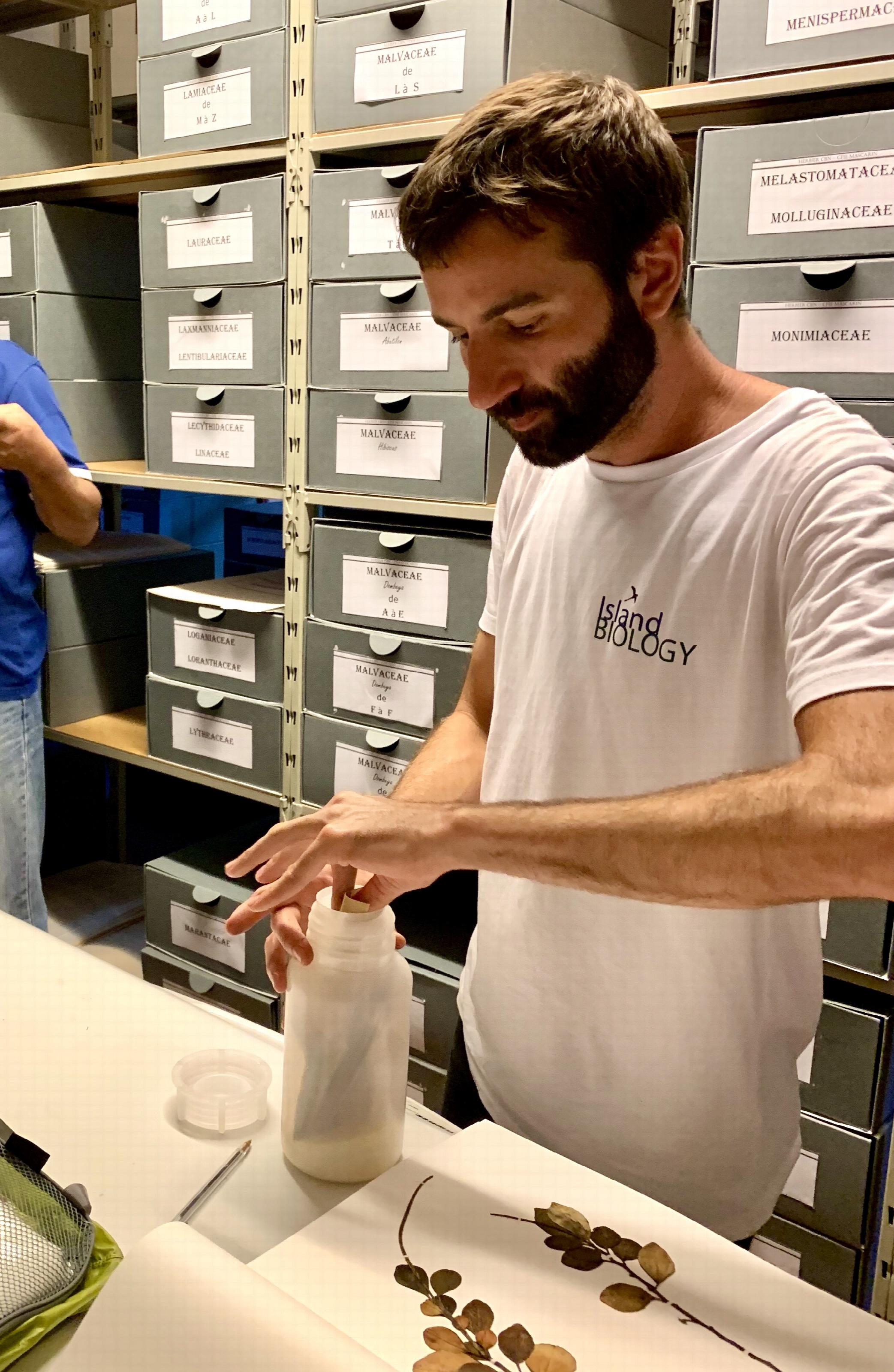
While birds and mammals have received most attention from island biologists, they actually pale in comparison with plants when it comes to insular diversification. Among plants, the most remarkable group from an island perspective are the daisies (Asteraceae family, also known as Compositae, daisy or sunflower family). Asteraceae is the largest plant family in the world, including about 25,000 species, over 1,000 of which are endemic to islands. Why is this group of plants so diverse?
Daisies
Daisies are an ideal group to investigate the dynamics of insular diversification because several islands have multiple colonisations and independent radiations, allowing for sample sizes unrivalled by any other group of plants or vertebrates. Island speciation in daisies is so common that it ranks first in terms of families with number of single-island endemics.
In this project – carried out by PhD student Lizzie Roeble – we are conducting a global analysis of macroecology and macroevolution on island daisies, to identify factors (traits, climate, colonisation history) that drive species diversity in this group.


Archipelagoof the Mascarenes
We are also producing and compiling phylogenies representing complete Asteraceae floras from islands worldwide. A particular focus is the archipelago of the Mascarenes (Mauritius, Reunion and Rodrigues) where we are collaborating with local botanists to understand the evolutionary and biogeographical history of the family on these biodiverse but highly threatened islands.
